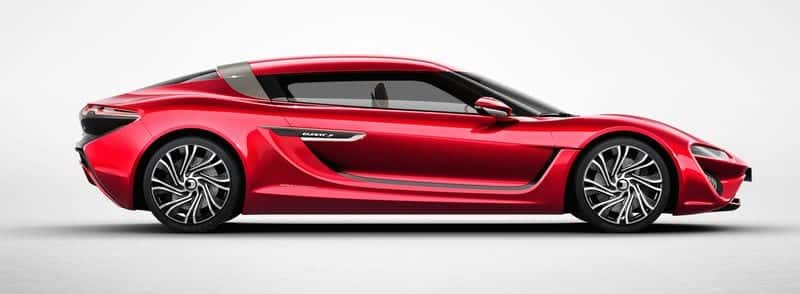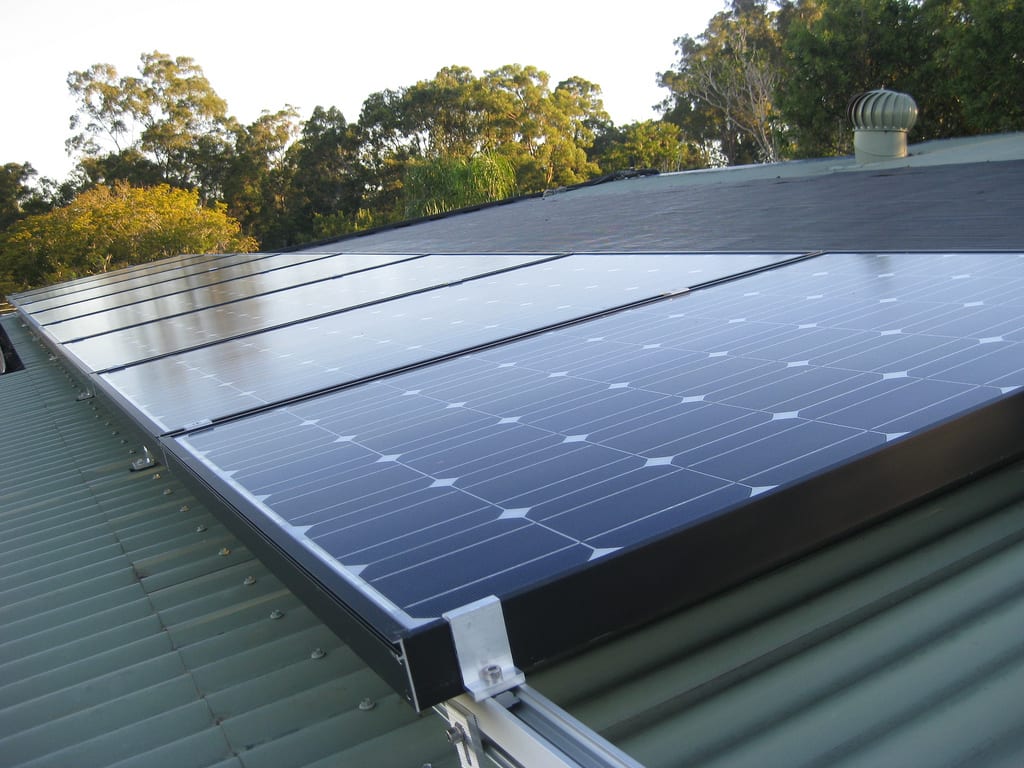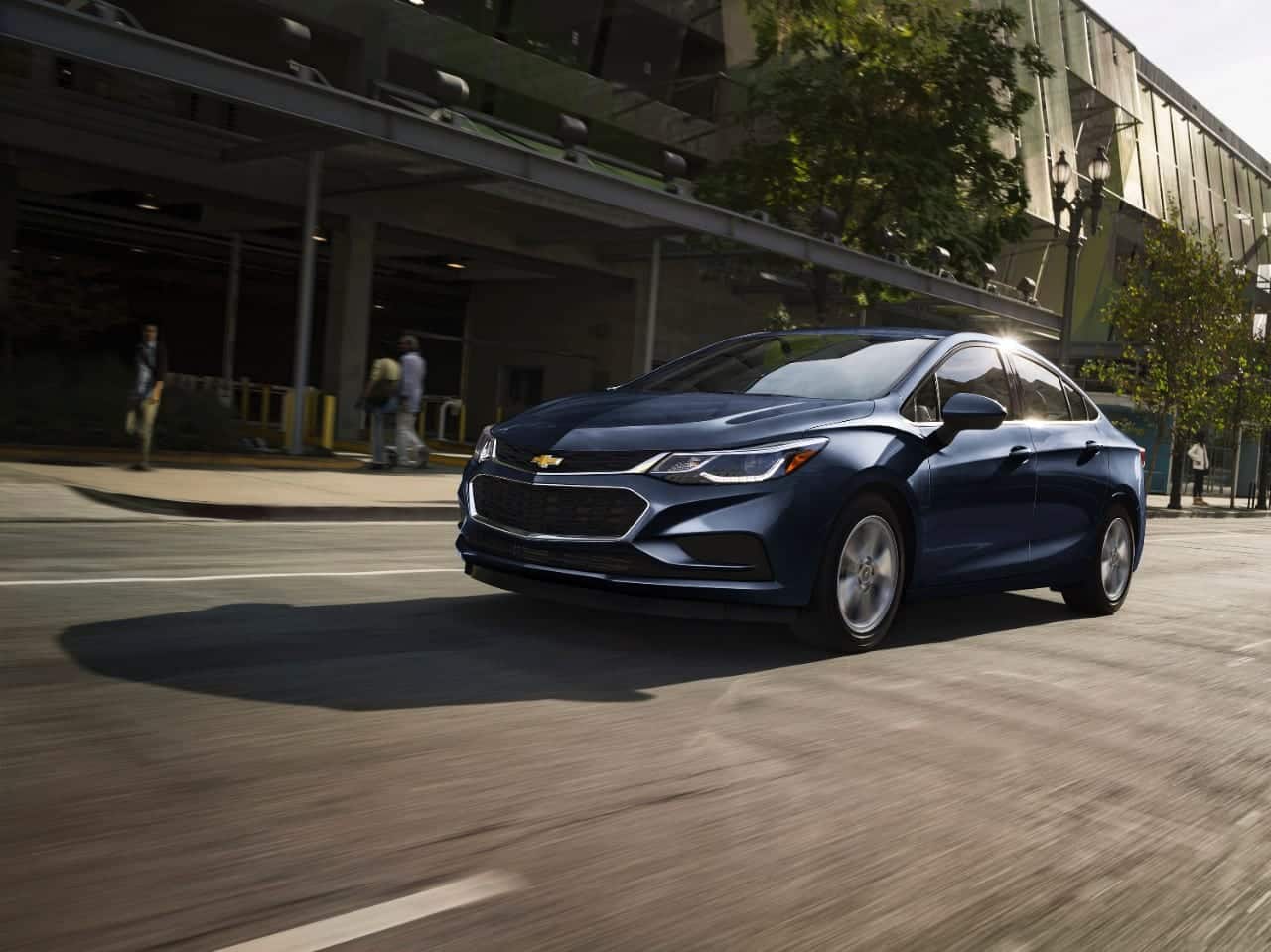The National Renewable Energy Laboratory (NREL) has recommended battery second use (B2U) as a way to offset the cost of electric vehicles and improve electricity grid stability. What is B2U?

Image obtained with thanks from nanoFLOWCELL.
Battery second use is just another term for battery repurposing. The NREL conducted a study on the viability of reusing discarded electric vehicle batteries, and found that they still have roughly 70% of their original capacity. Why would anyone discard a battery after only a 30% capacity reduction? It depends on the vehicle.
If an electric vehicle’s original range is 73 miles (for example, a Nissan Leaf), a 30% decline would leave the owner with only 51 miles per charge, aggravating range anxiety. I would personally keep driving the vehicle until it declines to 30 miles, but that’s just my preference.
According to Green Car Congress:
‘Most batteries will become available for second use at the end of the expected PEV service life of approximately 15 years. NREL studies show that these batteries—with as much as 70% of their initial capacity—potentially can continue to operate for another 10 years in second use as energy storage for utilities, translating into a total service life of up to 25 years. The 25-year estimate is based on a simulation of 15 years of automotive service, then another 10 years in second use with a daily 50% depth of discharge duty cycle using NREL’s battery degradation life model.’
15 years is a long time to own a car! This helps to explain why people would discard their batteries even if they still have 70% of their capacity — Old car syndrome kicks in at that age. Too many things start to crack, rust, and break, and many of their owners can’t be bothered with them anymore.
As for the benefits of these valuable little gold mines called batteries, they can improve grid stability as it stands now, save fuel, and enable the addition of many solar and wind farms without reducing grid stability.
How would they improve grid stability and reduce fuel consumption? Currently, the U.S. power grid relies on peaking power plants to (relatively) quickly augment electricity production when electricity demand increases during peak hours. These are not the most efficient or economical power plants, but they are used because of their ability to adjust quickly.
Electric vehicle batteries can not only respond quickly (instantly), but they are efficient. They are a superior replacement for all gas engines. The only thing preventing their widespread use is their cost. This is where B2U solves the problem. Discarded batteries can be obtained much more cheaply than new ones. This B2U concept can also be used to reduce or eliminate end-of-life service costs for EV batteries (such as battery replacement).








